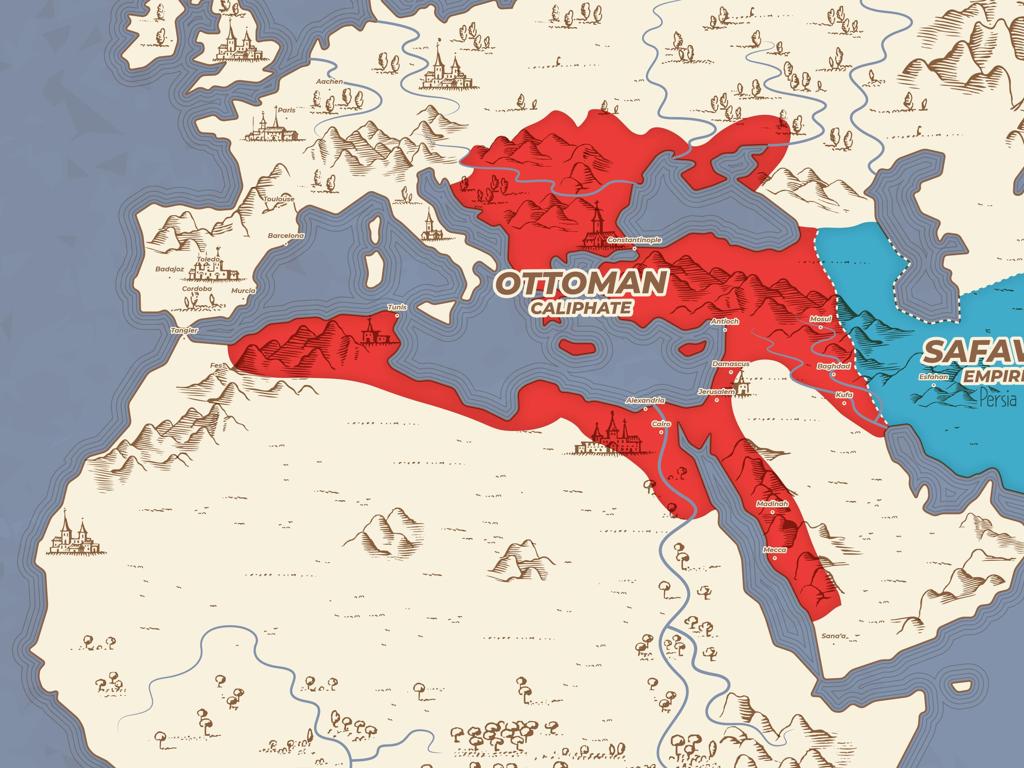Use Action Verbs
Subject: Language arts
Grade: Third grade
Topic: Verb Types
Please LOG IN to download the presentation. Access is available to registered users only.
View More Content
Today’s Adventure: Action Verbs!
– Explore different verb types
– Focus on action verbs
– Verbs that show what someone or something does
– Understand why they’re key
– They make sentences exciting and clear
– Examples of action verbs
– ‘Jump’, ‘think’, ‘run’, ‘eat’
|
This slide introduces the concept of verb types with a focus on action verbs, which are essential for creating dynamic and interesting sentences. Action verbs describe what a person or thing does, and they are crucial for bringing stories and sentences to life. Encourage students to think of action verbs as the ‘muscles’ of a sentence, as they provide the action and movement. Provide examples of action verbs and ask students to act them out to reinforce understanding. Discuss how action verbs can be used to convey different activities and how they are different from other verb types, such as ‘being’ or ‘state of being’ verbs. The goal is to help students recognize and use action verbs effectively in their writing.
Action Verbs: Bringing Sentences to Life
– Verbs show action or state of being
– Examples: ‘run’, ‘jump’, ‘is’, ‘are’
– ‘Run’ and ‘jump’ show actions, ‘is’ and ‘are’ show states
– Verbs are central to sentences
– Action verbs make sentences dynamic
– They describe what someone or something does
|
This slide introduces the concept of verbs to third-grade students, emphasizing their importance in sentences. Verbs can represent an action like ‘run’ or ‘jump’ or a state of being such as ‘is’ or ‘are’. It’s crucial to convey that verbs are the core of a sentence, as they are necessary to express what the subject is doing or how they are. Action verbs are especially important because they add excitement and clarity to our sentences, showing the action taking place. Use examples that are relatable to the students, such as actions they perform in their daily lives, to illustrate the concept. Encourage students to come up with their own action verbs and create sentences using them to reinforce their understanding.
Meet the Action Verbs
– Action verbs show activity
– Like ‘run’, ‘dance’, ‘eat’
– They describe visible actions
– Actions like ‘smile’ or ‘write’
– They express unseen actions
– Actions like ‘dream’ or ‘wish’
– Examples: ‘jump’, ‘think’
|
This slide introduces action verbs to third-grade students, emphasizing that action verbs are words that show what the subject of a sentence is doing. Explain that these verbs can describe actions we can observe with our senses, such as running or jumping. Also, clarify that action verbs include actions that happen in our minds or feelings, like thinking or loving. Provide examples of both visible and invisible actions to help students understand the concept. Encourage students to act out visible action verbs and use their imagination for invisible ones, reinforcing their learning through engagement.
Exploring Action Verbs
– What are action verbs?
– Verbs that show what someone or something is doing
– Examples: run, eat, jump
– Actions like running, eating, and jumping show movement or activity
– Spot action verbs in sentences
– Find verbs in a sentence that show action
– Practice with fun activities
|
This slide introduces the concept of action verbs to third-grade students. Begin by explaining that action verbs are words that show what someone or something is doing. Provide clear examples such as ‘run’, ‘eat’, and ‘jump’, which illustrate verbs that depict actions or activities. Engage the students by asking them to identify action verbs within given sentences, reinforcing their understanding through practice. Incorporate interactive activities such as acting out verbs, creating sentences with action verbs, or a scavenger hunt in a book to find action verbs. These exercises will help solidify the concept in a fun and memorable way.
Identifying Action Verbs
– Finding action verbs in sentences
– Action verbs show what is done
– Verbs like ‘run’, ‘jump’, ‘eat’ show actions
– Example: ‘The dog runs fast.’
– ‘Runs’ is the action verb in our example
– Practice finding the action verb
– Let’s find the action verb together
|
This slide is aimed at helping third-grade students understand and identify action verbs in sentences. Action verbs are words that show what someone or something is doing. To find the action verb, look for the word in the sentence that describes an action. For example, in the sentence ‘The dog runs fast,’ the word ‘runs’ is the action verb because it shows what the dog is doing. During the class, practice with more sentences and encourage students to spot the action verbs. Have them explain why they think a word is an action verb and discuss as a class. This will help reinforce their understanding of action verbs.
Using Action Verbs
– Action verbs make writing lively!
– ‘She is happy’ becomes ‘She smiles.’
– Instead of just stating a feeling, show it with an action.
– Create your own action verb sentence!
– Think of something you like to do and describe it with a verb.
– Share your sentence with the class!
|
This slide is designed to teach students the importance of using action verbs to make their writing more engaging and vivid. Start by explaining that action verbs describe what someone or something is doing. Provide examples by taking simple sentences and changing them to include action verbs. Encourage the students to create their own sentences using action verbs, focusing on verbs that show actions they can perform themselves. This will help them understand how action verbs bring energy to writing. In the next class, have students share their sentences and discuss the different action verbs they chose to use.
Action Verb Game
– Understand action verbs
– Listen to the noun I say
– Shout out a matching action verb
– Example: ‘cat’ – ‘pounces’
– Think of what the noun can do
|
This slide introduces an interactive classroom game designed to help third-grade students practice and reinforce their understanding of action verbs. The game is simple: the teacher will say a noun, and the students will respond with an action verb that could be associated with that noun. For example, if the teacher says ‘dog,’ students might say ‘barks,’ ‘runs,’ or ‘jumps.’ This activity encourages quick thinking and helps students associate verbs with the actions they represent. It’s important to remind students that action verbs are words that show what someone or something is doing. For the teacher: Prepare a list of nouns beforehand that you can use for this game. Make sure to encourage all students to participate and consider offering a small reward for creativity or particularly apt verb choices.
Create Your Action Verb Story
– Write a short story with action verbs
– Choose a main character
– Could be a person, animal, or even a superhero!
– Describe your character’s actions
– Use verbs that show what the character is doing
– Share your story with the class
|
This class activity is designed to help students understand and use action verbs creatively. Start by explaining what action verbs are and how they are used to show what a character or subject is doing in a sentence. Encourage students to pick a character they like and think about all the different actions that character might do. They should write a short story using those verbs, focusing on making the actions vivid and clear. Once they have written their stories, create a supportive environment for them to share their work with the class. This will help build their confidence in writing and understanding the use of action verbs. Possible activities could include writing about a day in the life of their character, a heroic deed, or a fun adventure.
Action Verbs: Review & Homework
– Recap on action verbs
– Action verbs show what the subject is doing.
– Importance of action verbs
– They make sentences lively and clear.
– Homework: Craft 10 sentences
– Use new action verbs in sentences at home.
|
This slide aims to consolidate the day’s learning about action verbs. Start by asking students to recall what action verbs are and to provide examples from the lesson. Discuss why action verbs are crucial, emphasizing how they bring energy and clarity to sentences. For homework, instruct students to write 10 original sentences, each incorporating a different action verb. This will help reinforce their understanding and encourage them to apply what they’ve learned. Provide examples of action verbs and encourage creativity in sentence formation. During the next class, review some of the sentences together to celebrate their efforts and correct any misunderstandings.





